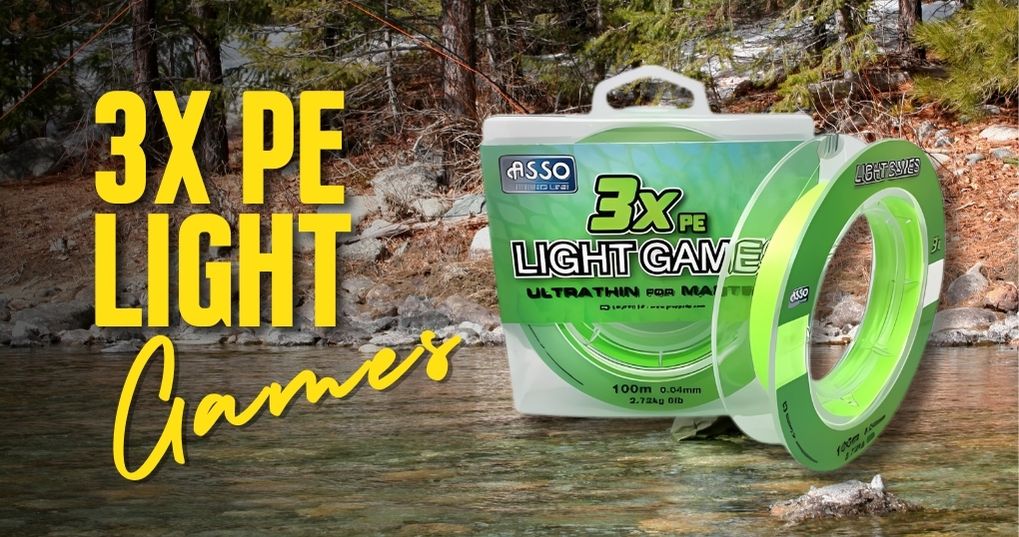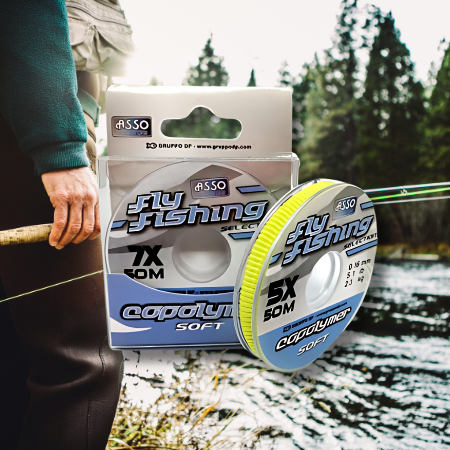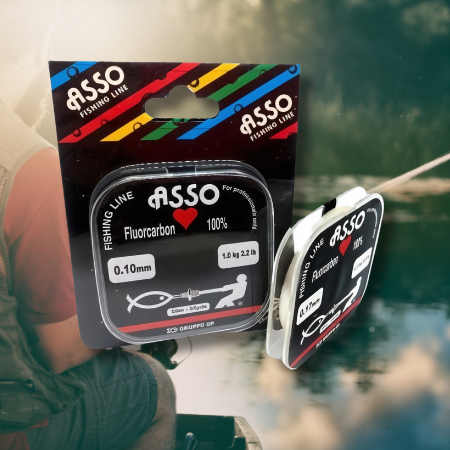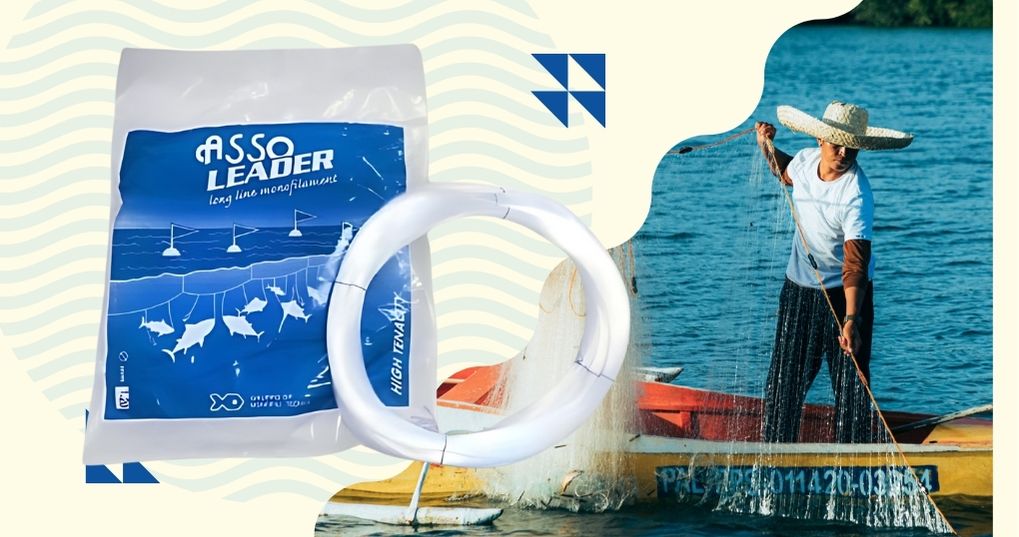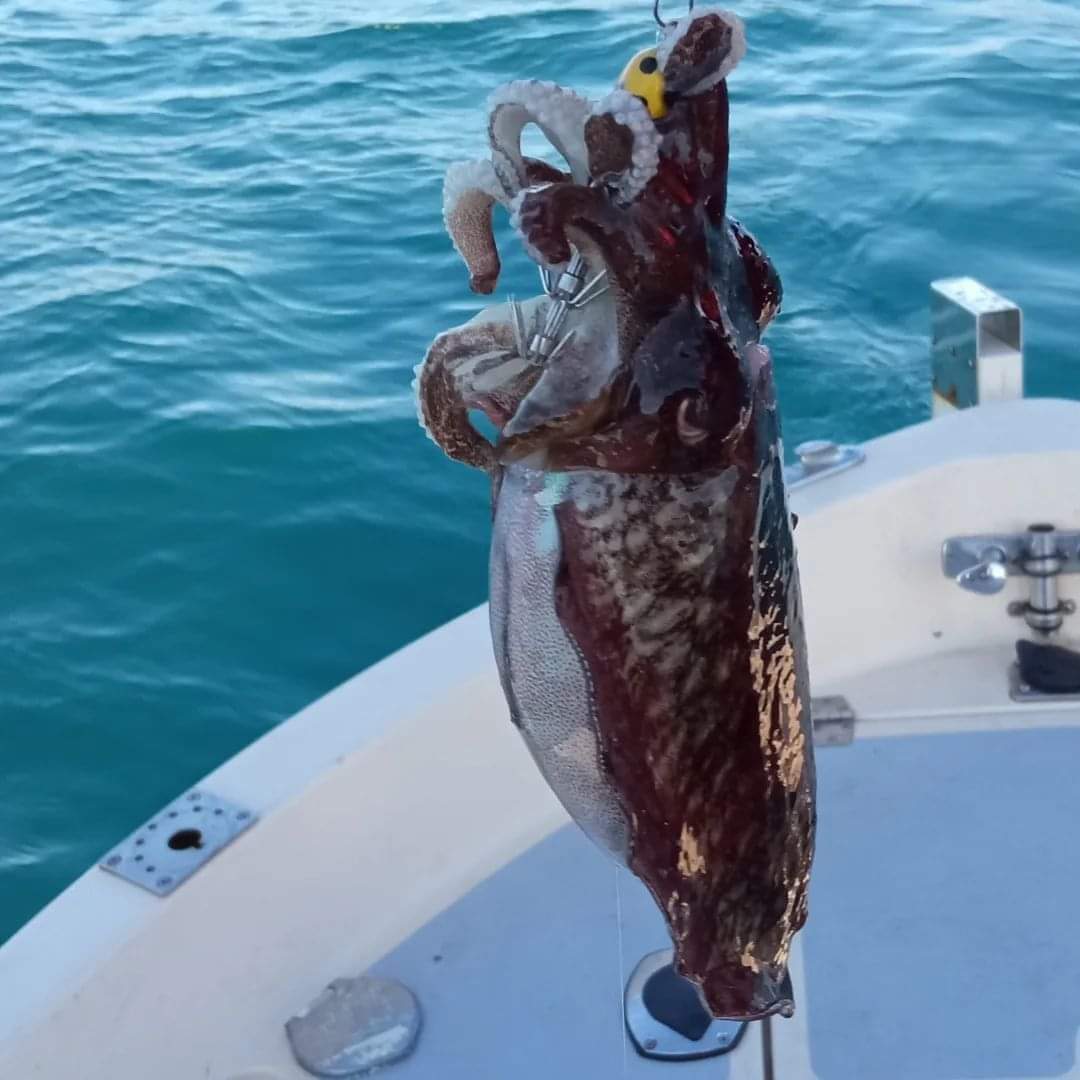
Tataki Fishing
The Tataki technique is a particular fishing methodology, originating in Japan, which in recent years has become increasingly popular in European and Italian waters as well.
This technique is mainly used to catch cephalopods such as squid and cuttlefish, species valued by sport fishermen not only for the quality of the catch, but also for the technical challenge and skill required to master the steps.
Tataki is derived from a Japanese term for the action of "striking" or "beating," and in fact, the main characteristic of this technique is precisely the rhythmic and decisive movement that the bait must make in the water to attract prey. Unlike other techniques, which involve softer and less aggressive movements, Tataki is recognizable precisely by its energy.
The Tataki fishing system is mainly based on the use of a specific rod that is short, light, and has good sensitivity, combined with a compact, lightweight reel. Fundamental is the use of thin, strong wires, usually braided, which allow the angler to feel even the lightest contact with the squid or cuttlefish. The choice of wire represents a crucial element for this technique: generally, high quality braid wires are used, such as those proposed by Asso Fishing Line, characterized by high abrasion resistance, reduced elasticity and extremely thin diameters. These characteristics allow for exceptional sensitivity, which is essential to immediately perceive bites and respond promptly, significantly increasing catches.
Tataki rigging is very unique and involves the use of artificial lures, called oppai, generally made of soft silicone. These lures are characterized by very bright and vivid colors, often phosphorescent, which are particularly effective in low visibility conditions or during night fishing, ideal times to practice this technique.
The line used involves the use of multiple lures, usually from two up to five, placed along the same main line via short side booms. Again, the use of high quality wires is crucial: it is advisable to use specific, very thin and strong wires to make the booms, thus ensuring a natural and smooth movement of the lures. The distance between one oppai and the other is variable, generally 20 to 40 centimeters, so as to cover a larger fishing area and thus attract prey more easily.
One of the aspects that make the Tataki technique extremely popular is the very way in which it is practiced. Fishing is generally done by drifting, that is, by letting the sea current slowly carry the bait, swinging it vertically. The fisherman, with quick wrist movements and small strokes of the rod, imparts a vibrating motion to the oppai, which is irresistible to squid and cuttlefish that are attracted by the rapid and repetitive changes of direction of the baits.
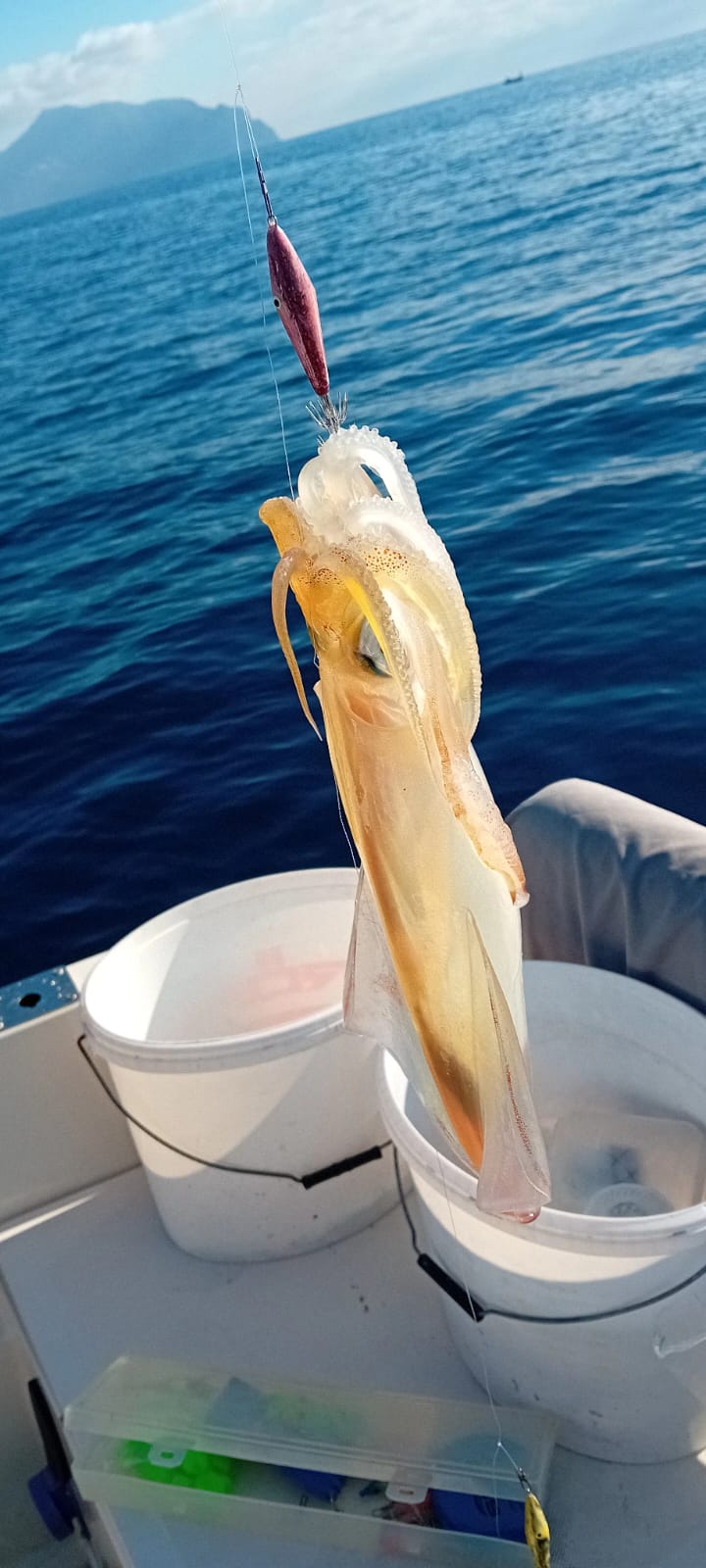
Tataki fishing can be practiced at various depths, generally between 10 and 50 meters, depending on the season and the presence of prey. During the spring and fall, when squid and cuttlefish come closest to the coasts to reproduce, fishing is particularly productive in shallower waters, around 10 to 20 meters. In summer and winter, however, these cephalopods tend to stay deeper, making it necessary to use heavier weights to reach the right depths.
For best results, it is important to use high-quality materials: strong fishing wires and thin braids, such as those in the Asso Fishing Line range, allow for effective transmission of bait movements and facilitate the perception of bites. In addition, good quality opai, which must maintain a natural and realistic behavior in the water, is crucial to stimulate the curiosity of the most wary cephalopods.
Tataki technique offers not only a high probability of catching fish, but also presents a fascinating technical challenge that requires the angler to refine sensitivity and technique over time. For first-time Tataki anglers, it is advisable to start with simpler equipment, gradually increasing the complexity of their gear as they gain experience.
In recent years, many Italian fishermen have discovered the appeal and effectiveness of this technique, organizing competitions and rallies. In such events, the quality of the line and threads used takes on a decisive role, directly influencing the performance and satisfaction of the angler.
Ultimately, the Tataki technique represents a fun and productive way to approach cephalopod fishing, suitable for both beginners who want to try their hand at a new challenge and experienced fishermen who want to further hone their technical skills.




